Preceded by John M. Daniel | Name George Marsh Preceded by Dabney Smith Carr | |
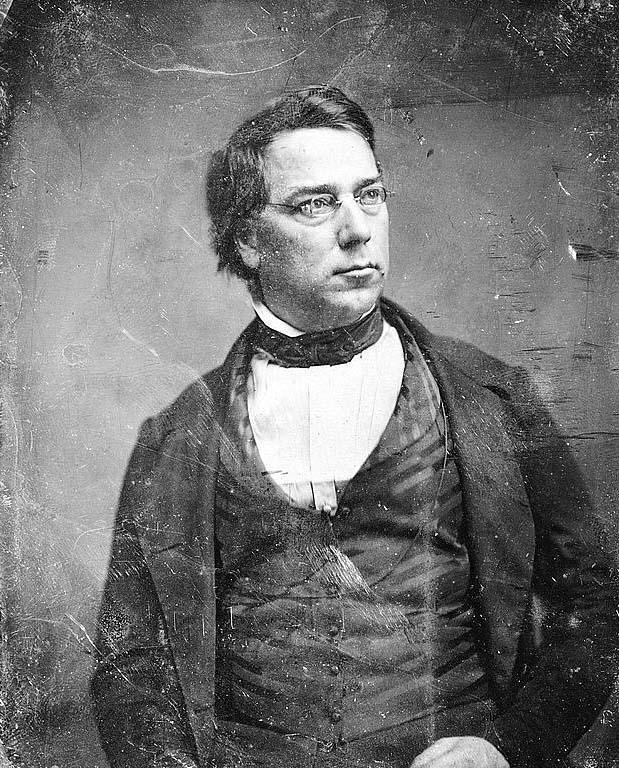 | ||
Born March 15, 1801Woodstock, Vermont, US ( 1801-03-15 ) Succeeded by William Waldorf Astor, 1st Viscount Astor Books Man and Nature, The Earth as Modified by Huma, Lectures on the English la, So Great a Vision, The Origin and History of the En | ||
George perkins marsh
George Perkins Marsh (March 15, 1801 – July 23, 1882), an American diplomat and philologist, is considered by some to be America's first environmentalist and the precursor to the sustainability concept, although "conservationist" would be more accurate. The Marsh-Billings-Rockefeller National Historical Park in Vermont takes its name, in part, from Marsh.
Contents
- George perkins marsh
- The First Smithsonian Collection European Engravings of George Perkins Marsh
- Biography
- Work
- Works
- Family
- Art collection
- References
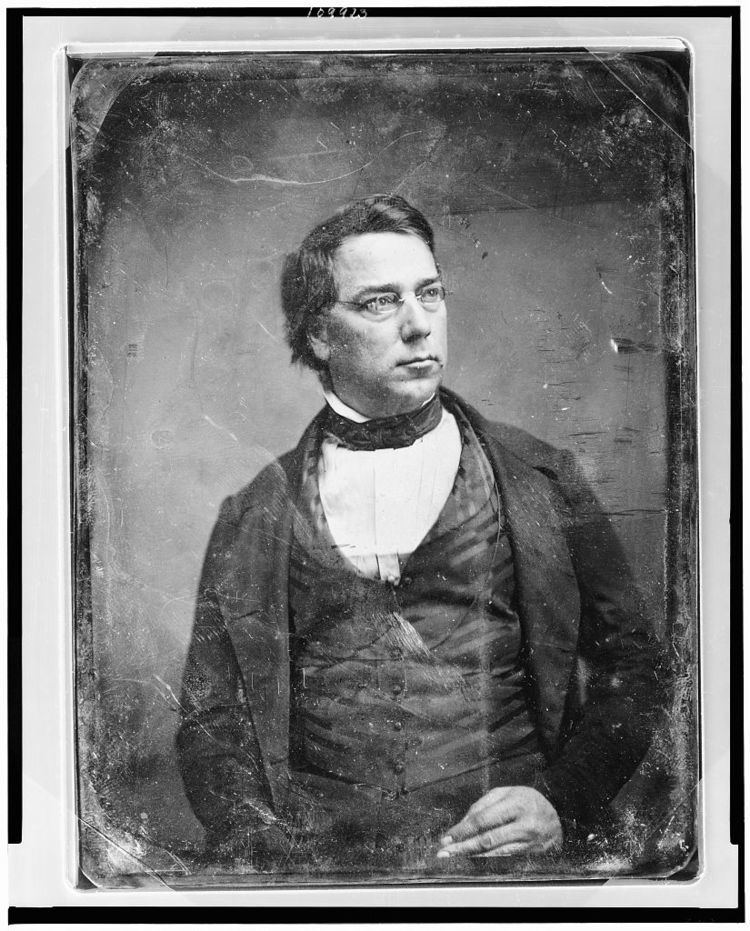
The First Smithsonian Collection: European Engravings of George Perkins Marsh
Biography
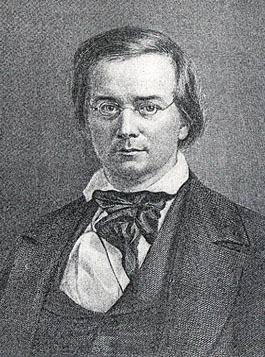
George Perkins Marsh was born in Woodstock, Vermont, to a prominent family. His father, Charles Marsh, had been a member of the U.S. House of Representatives. George Marsh graduated from Phillips Academy, Andover, Massachusetts, in 1816 and from Dartmouth College with highest honors in 1820. He studied law in Burlington, Vermont, was admitted to the bar in 1825, and practiced law in Burlington. He also devoted himself to philological studies. In 1835 he was appointed to the Executive Council of Vermont, and from 1843 to 1849 was a Whig representative in Congress. He served as an editor of Ancient Monuments of the Mississippi Valley which was published in 1848.
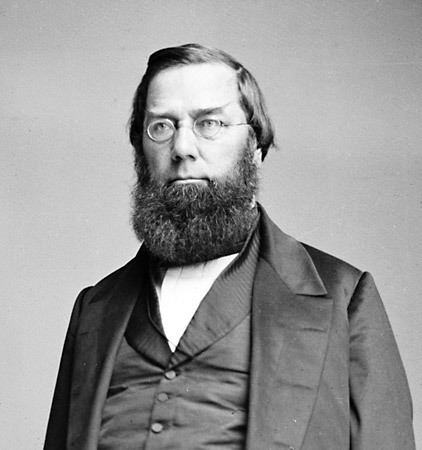
In 1849 President Zachary Taylor appointed Marsh United States minister resident in the Ottoman Empire. He rendered valuable service to the cause of civil and religious toleration in that empire. In 1852–1853, he discharged a mission to Greece in connection with the imprisonment of American missionary Jonas King. He accomplished this task with a vigor that surprised the diplomats of Athens and showed a masterly knowledge of the Greek constitution and legislation, as well as of international law.
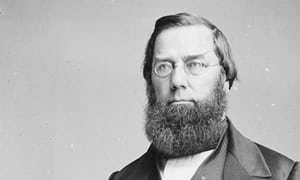
Marsh was elected a member of the American Antiquarian Society in 1851.
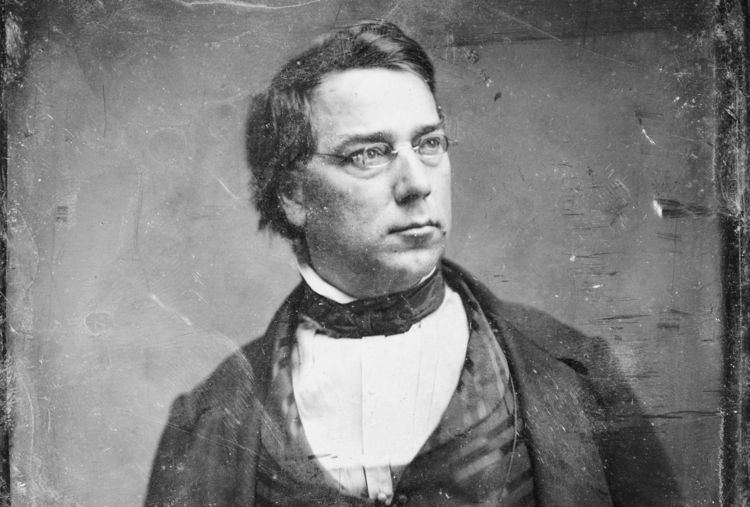
He returned to Vermont in 1854. In 1857 he was appointed by the governor of Vermont to make a report to the legislature in regard to the artificial propagation of fish. He had previously been appointed one of the commissioners to rebuild the state house at Montpelier and in 1857 was a member of the state railway commission.
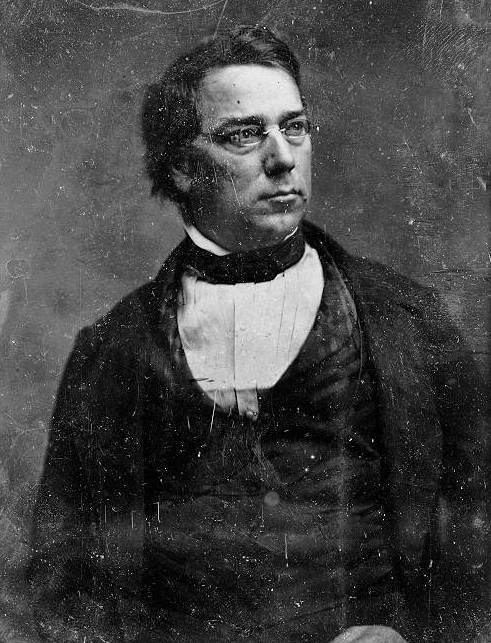
In 1861, President Abraham Lincoln appointed Marsh the first United States minister to the Kingdom of Italy. Marsh would go on to be the longest-serving chief of mission in U.S. history, serving as envoy for 21 years until his death at Vallombrosa in 1882. He is buried at the Protestant Cemetery in Rome.
Work
Marsh was an able linguist, able to both speak and write fluently in Swedish and half a dozen other European languages. He was a remarkable philologist for his day, and a scholar of great breadth, knowing much of military science, engraving and physics, as well as Icelandic, which was his specialty. He wrote many articles for Johnson's Universal Cyclopaedia, and contributed many reviews and letters to The Nation.
He was an admirer of the Goths, whose presence he traced in whatever is great and peculiar in the character of the founders of New England. He owned the finest collection of Scandinavian literature outside of Scandinavia. Part of it ultimately became the property of the University of Vermont, through the liberality of Frederick Billings. During the winter of 1858/9 he began a course of thirty lectures on the English language at Columbia University, and a year later he delivered a second course, on the grammatical history of English literature, before the Lowell Institute, in Boston.
His book Man and Nature (1864) constituted an early work of ecology, and played a role in the creation of the Adirondack Park. Marsh argued that deforestation could lead to desertification. Referring to the clearing of once-lush lands surrounding the Mediterranean, he asserted "the operation of causes set in action by man has brought the face of the earth to a desolation almost as complete as that of the moon." He argued that welfare is secured as long as man manages resources and keep them in good condition. Welfare of future generations should be one of resource management determinants. Resource scarcity is a result of misbalancing an environmental equilibrium. In other words: it comes from unreasonable human action rather than is determined by some absolute resource scarcity.
Works
He prepared an American edition of Hensleigh Wedgwood's Dictionary of English Etymology (New York, 1862), to which he made large additions and annotations. He translated Rask's Icelandic Grammar.
Family
His second wife, Caroline (Crane) Marsh (1816–1901), whom he married in 1839, published Wolfe of the Knoll and other Poems (1860), and the Life and Letters of George Perkins Marsh (New York, 1888). This last work was left incomplete, the second volume never having been published. She also translated from the German of Johann C. Biernatzki (1795–1840), The Hallig; or the Sheepfold in the Waters (1856). (See "Hallig").
Art collection
Marsh actively studied and collected engravings, including European Old Master prints. His collection included more than a thousand prints by various artists, dating from the 15th to the 19th centuries, representing works by Rembrandt, Albrecht Dürer, William Hogarth and others. In 1849, the Smithsonian Institution purchased a large group of Marsh's European prints and art books, which was transferred on deposit to the Library of Congress in 1865. During the 1880s and 1890s, the Smithsonian got some of the Marsh Collection returned, but part of it still remains at the Library of Congress.
